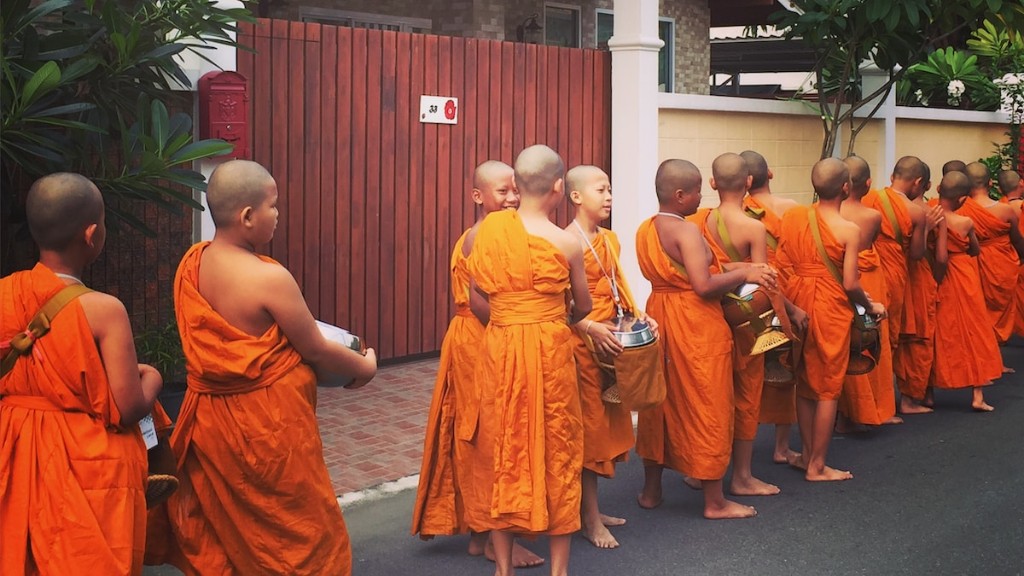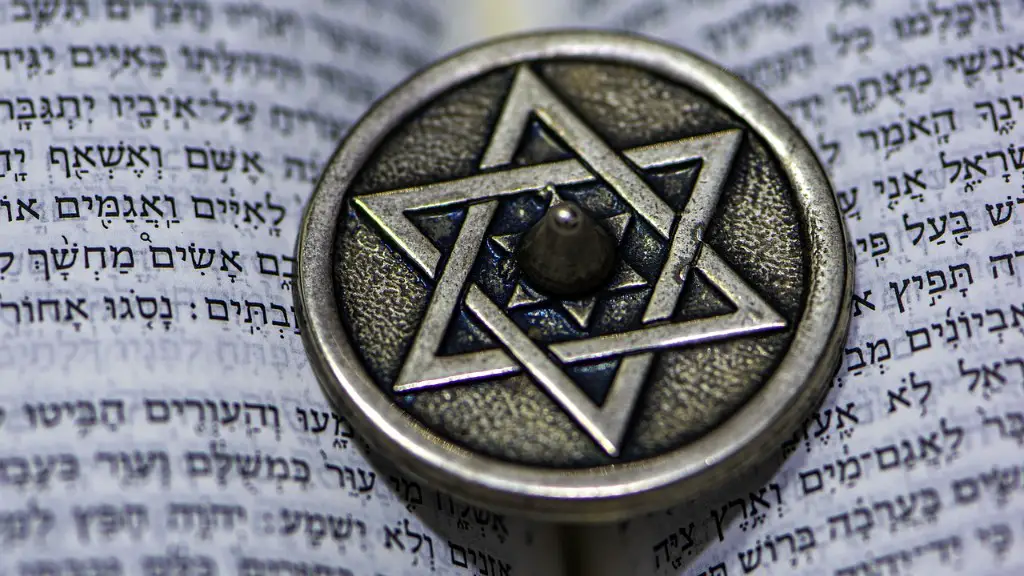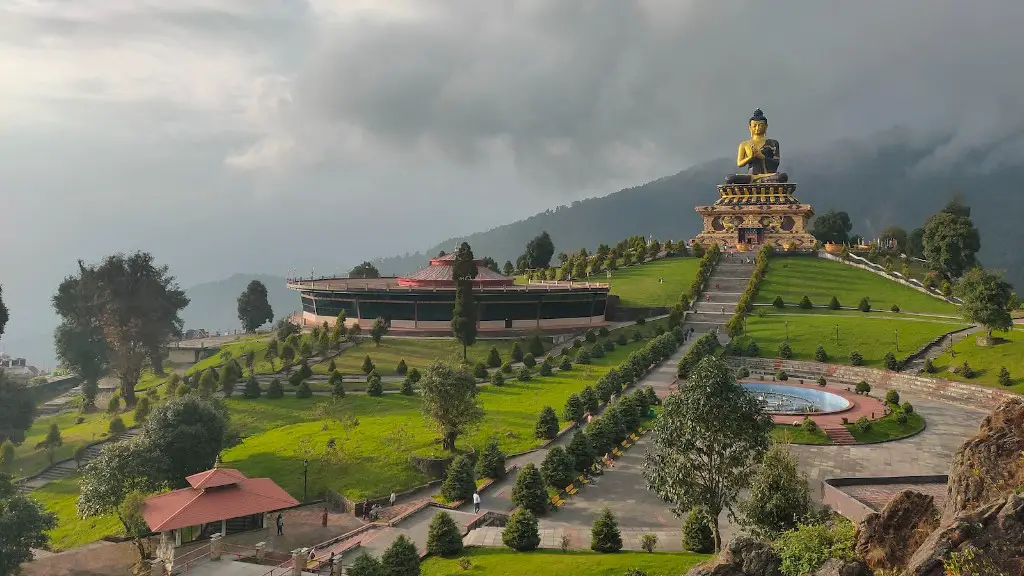Tantric Buddhism is a spiritual path that emphasizes the power of the mind to transform our lives. It is based on the belief that all beings have the potential to awaken to their true nature, which is pure and unlimited. Tantric Buddhism teaches that through our own efforts, we can create our own reality and bring about our own liberation. The path of Tantric Buddhism is one of self-discovery and self-transformation. It is a journey of awakening to our own true nature and the nature of reality.
Tantric Buddhism is a branch of Buddhism that developed in India. It is similar to other forms of Buddhism, but it places a greater emphasis on the use of ritual and meditation to achieve enlightenment.
What are tantric Buddhist practices?
Tantra is an ancient Indian tradition that emphasizes the use of ritual and meditation to access higher states of consciousness. The word tantra comes from the Sanskrit root tan, meaning “to weave or expand.” Tantric practices are designed to help us expand our awareness and connect with our true nature.
Tantric practices are numerous but include working with sound through mantra (sacred words and phrases), with gesture through mudra (ritualized sacred hand gestures), with sight through visualizations and mandalas (diagrams of the universe), and with vital energies through meditation and yoga.
Tantra is not about sex, but it does acknowledge the power of sexual energy. Tantric practices can help us to move beyond our limited sense of self and open up to the infinite possibilities of who we are.
Tantric Buddhism, also known as Deity yoga, is a path to enlightenment through identity with Tantric deities. With the guidance of a guru, the yogi uses rituals, meditation, visualization through mandalas and other practices to realize him/herself as a deity and, therefore, as enlightenment manifested.
What is the supposed benefit of tantric Buddhist practices
Tantric yoga is a type of yoga that is designed to create a specific outcome. In Tibetan Buddhism, it is believed that tantric yoga can help lead to Buddhahood in one lifetime. The main goal of tantric yoga is to create a state of calm and insight. In order to achieve this goal, tantric yoga uses specific methods and techniques.
In Tantra, the body is celebrated as a living temple and lovemaking can be used as a tool to transcend the physical level and reach this blissful state. Even though the common Western interpretation of Tantra is strongly linked to amazing sex, the majority of Tantric teachings do not refer to sexuality. Instead, they emphasize the importance of the heart and the need to connect with our true selves in order to achieve bliss.
What are the four tantric activities?
The four activities of pacifying, enriching, magnetizing, and subjugating are important aspects of Buddhist tantric practice. They are often used as a classification for different types of rituals, based on the goal of the ritual. Pacifying rituals are used to calm and pacify the deity, while enriching rituals are used to increase the power and influence of the deity. Magnetizing rituals are used to attract and draw the deity closer, while subjugating rituals are used to control and subdue the deity.
If you want to try tantric sex with a partner, there are a few things you can do to prepare and make the experience more enjoyable. First, create a safe and comfortable space where you won’t be interrupted. You might want to dim the lights and play some relaxing music. Then, begin with “eye gazing.” Sit up straight facing your partner and look into each other’s eyes. This is a way to connect with your partner and get in the mood. After a few minutes, start to add more physical foreplay. Touch each other all over, massage each other, and kiss deeply. go as far as you are comfortable. Experiment with edging, which is the practice of stopping and starting sexual activity to prolong pleasure.
Where is tantric Buddhism practiced?
Vajrayana, also known as Tantric Buddhism, is a type of Buddhism that first emerged in various parts of India and Sri Lanka. The main difference between Vajrayana and other types of Buddhism is the emphasis on using rituals and mantras to achieve enlightenment. Vajrayana practitioners believe that by reciting mantras and performing rituals, they can purify their minds and bodies and attain nirvana.
One should instead pursue the middle path between sensual pleasure and self-mortification, which is the path of moderation (MADHYAMÂ-MARGHA). This path is neither too high nor too low, neither too easy nor too difficult; it is noble, beneficial and leads to liberation (MOKSHA).
What type of Buddhism does the Dalai Lama follow
The Dalai Lama is the highest authority in the Gelugpa tradition of Tibetan Buddhism, which is the largest and most influential tradition in Tibet. The Gelugpa tradition is based on the teachings of the great Tibetan Buddhist masters Tsongkhapa and Je Tsongkhapa (1357-1419). The Gelugpa tradition is characterized by its emphasis on the study and practice of the teachings of the Buddha, and its commitment to the strict observance of the monastic rules. The Dalai Lama is a direct descendant of the line of Tsongkhapa, and is considered to be the reincarnation of the previous Dalai Lamas.
Tantra is a system of the spiritual path in three stages: the basis or ground (the person practising the system); the way or path (of meditation) purifying the practitioner; the result or fruition which is the experience or mode of awareness arising. The basis is the essential practice for purification and the path is the process of refinement. The result is the state of attained realization.
What is tantric spirituality?
Tantra is a spiritual practice that can encompass all aspects of earthly life, including sex. The goal of tantra is to achieve spiritual realization through total and complete consciousness in all that we do. In tantra, sex is seen as a way to connect with the divine, and to achieve heightened states of awareness and intimacy. When approached with this mindset, tantra can be a deeply transformative and enriching experience.
Tantras are a type of Hindu scripture that focus on ritual and meditative practices. The term “tantric” also refers to the practices associated with these scriptures, which were traditionally disseminated by the tāntrikas (the Sanskrit term also designates tantric practitioners). Tantric practices include things like meditation, yoga, and the use of mantras.
What should I expect in a Tantric session
A Tantric massage is a type of massage that is designed to increase pleasure and sexual energy. It is often done with the goal of helping someone to reach a higher level of sexual ecstasy. Tantric massage can be done with or without clothing, and it can be done with one person or with multiple people.
A yogini is a woman who is a master of yoga and tantra. She is also a respected spiritual leader in the Hindu and Buddhist traditions. In the Indian subcontinent, Southeast Asia, and Greater Tibet, a yogini is a woman who has attained a high level of spiritual realization through her practice of yoga and tantra.
What is tantric initiation?
Tantric empowerments are said to be very beneficial in stimulating our Buddha-nature factors to develop further, and planting further “seeds” of potential. They are seen as a way of helping us to evolve and become more enlightened beings.
Vajrayana, also known as Tantric Buddhism, is a form of Buddhism that developed in India and neighboring countries. It is characterized by its focus on the individual’s enactment of Buddhist ideas in daily life, rather than on speculative thought. Vajrayana Buddhism is also known for its use of tantric practices, such as meditation and visualizations, to achieve enlightenment.
What are the four types of Buddhism
Buddhism is a religion that is based on the teachings of Siddhartha Gautama, who is also known as the Buddha. One of the key beliefs of Buddhism is in the concept of reincarnation, or the belief that after a person dies, they are reborn into another body. This is connected to the Buddhist concept of karma, which refers to how a person’s good or bad actions in the past or in their past lives can impact them in the future. There are three main schools of Buddhism: Mahayana, Theravada, and Vajrayana.
Ānantarya karma refers to the most serious offenses in Buddhism that can bring immediate disaster. Both Buddhists and non-Buddhists must avoid them at all costs.
Warp Up
Tantric Buddhism is a type of Buddhism that developed in India during the medieval period. Tantric Buddhism emphasizes the use of rituals, mantras, and other forms of tantric practice to achieve Enlightenment. Tantric Buddhism also often incorporates elements of Hinduism and other Indian religions into its beliefs and practices.
In conclusion, tantric Buddhism is a school of Mahayana Buddhism that arose in India. Tantric Buddhism teaches that all things are connected, and that the path to enlightenment lies in recognizing and harnessing this interconnectedness. Through various meditative practices and rituals, tantric Buddhists aim to purify their own minds and bodies, and to become one with the Buddhanature that lies within all beings.



